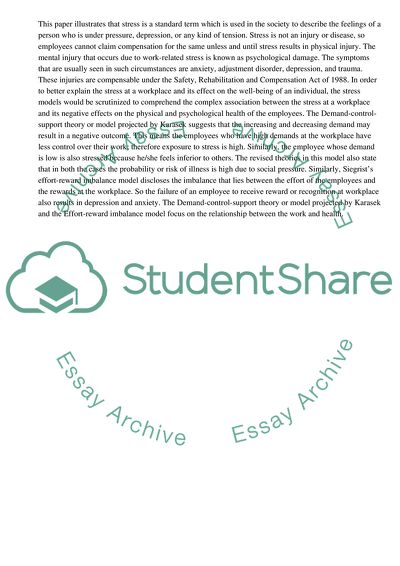Cite this document
(“Individual and Organizational Approaches to Manage Stress in the Essay - 1”, n.d.)
Retrieved from https://studentshare.org/management/1465687-critically-evaluate-individual-and-organizational-approaches-to-manage-stress-in-the-workplace
Retrieved from https://studentshare.org/management/1465687-critically-evaluate-individual-and-organizational-approaches-to-manage-stress-in-the-workplace
(Individual and Organizational Approaches to Manage Stress in the Essay - 1)
https://studentshare.org/management/1465687-critically-evaluate-individual-and-organizational-approaches-to-manage-stress-in-the-workplace.
https://studentshare.org/management/1465687-critically-evaluate-individual-and-organizational-approaches-to-manage-stress-in-the-workplace.
“Individual and Organizational Approaches to Manage Stress in the Essay - 1”, n.d. https://studentshare.org/management/1465687-critically-evaluate-individual-and-organizational-approaches-to-manage-stress-in-the-workplace.


